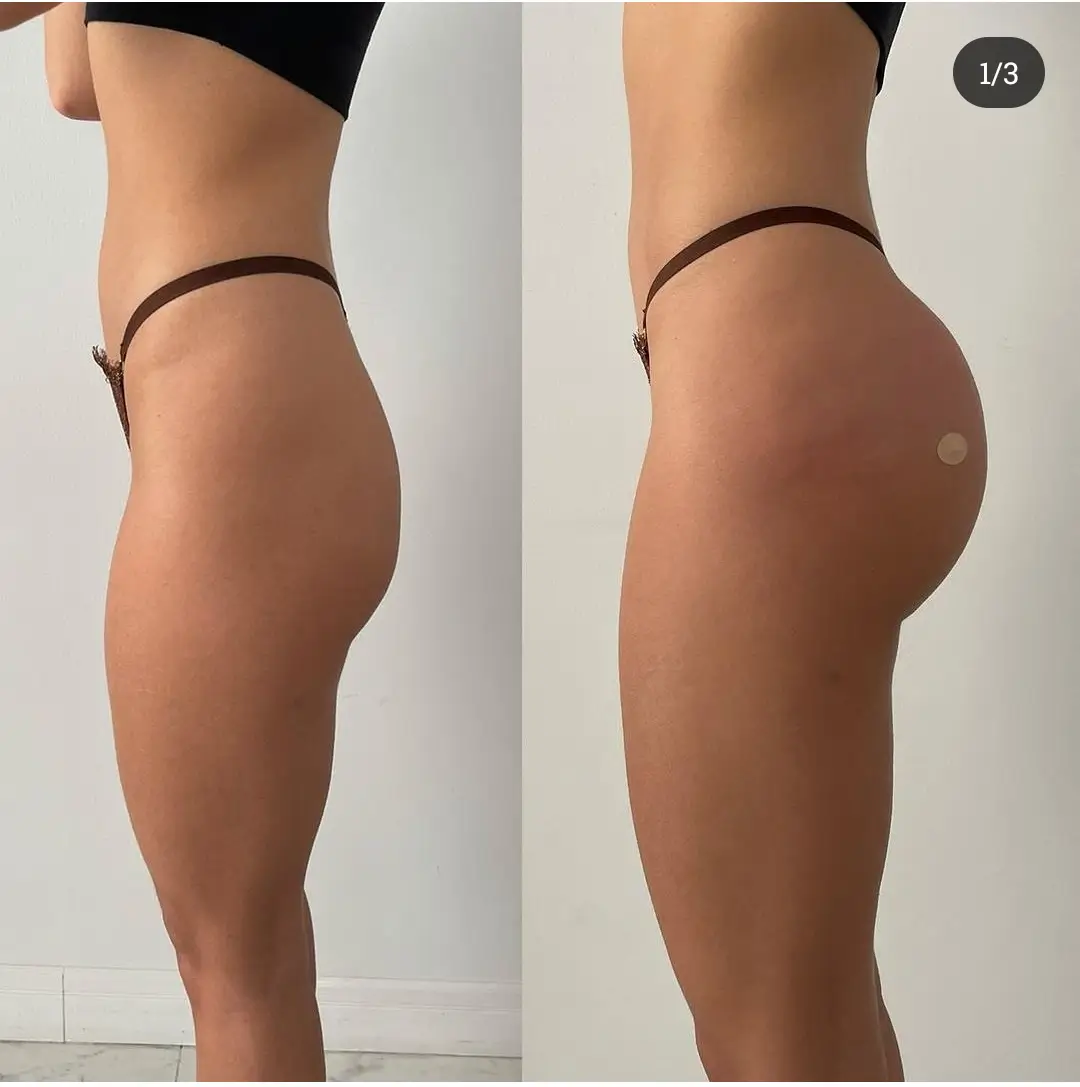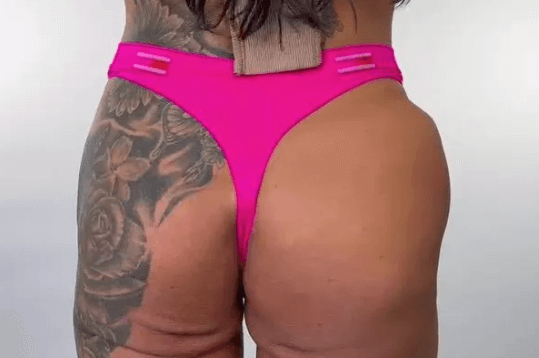1. Is BBL in Australia safe?
Australian regulations help minimise risks, but BBL still comes with serious safety considerations. According to the Australasian Society of Aesthetic Plastic Surgeons (ASAPS), no deaths from BBL have been reported in Australia or New Zealand. Globally, however, the procedure has a higher mortality rate than many other surgeries – around 1 in 3,000. Australia’s strict hygiene standards, mandatory qualifications, and medical board oversight improve overall safety. But it’s important to ask detailed questions about how each clinic and surgeon approaches risk management. 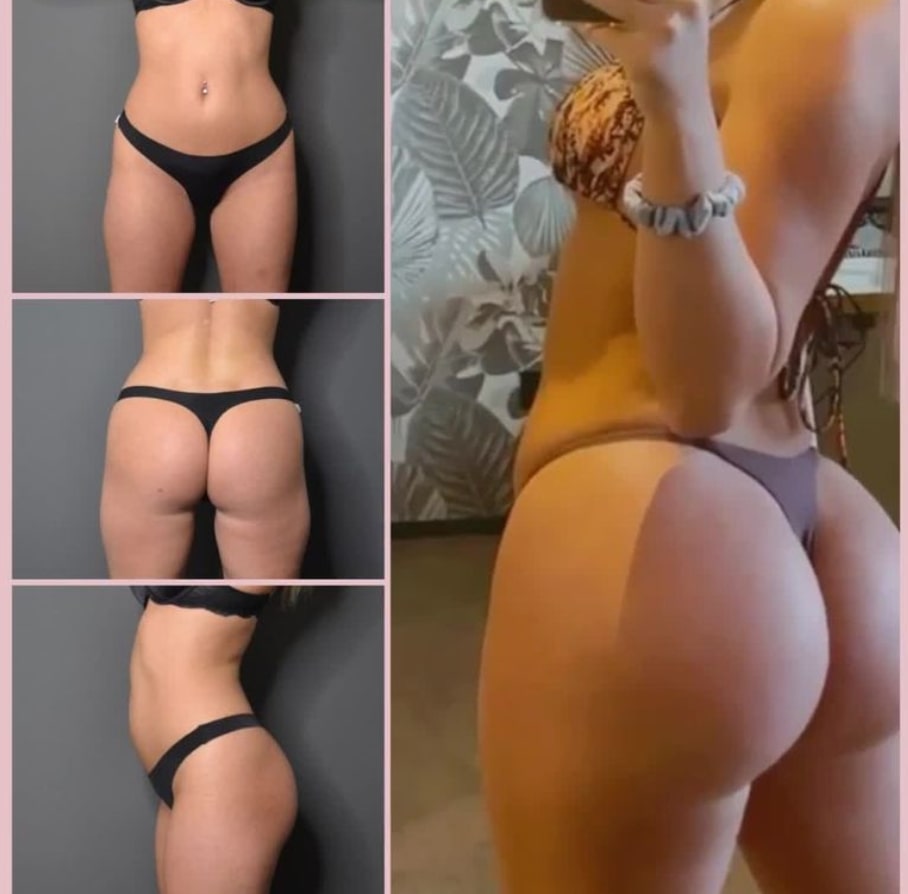
2. How qualified are Australian surgeons?
Not all surgeons are equal. Ask how many BBL procedures your surgeon has done, and whether they are a Specialist Plastic Surgeon registered with AHPRA. You should also request recent before-and-after photos of their work. This helps you assess both their aesthetic style and their experience with different body types.
3. How long do I need to stay in Australia after BBL?
Most surgeons recommend avoiding air travel for at least 8 weeks after surgery. Long flights too soon after a BBL can increase the risk of complications like blood clots or fat embolism. Plan to stay in Australia for at least 6 to 8 weeks if you’re travelling from overseas. If that’s not possible, organise close monitoring with a trusted local doctor once you return home. Ask your surgeon for clear guidelines before booking your return flight.
4. What’s the procedure and aftercare like?
A BBL involves liposuction to remove fat from areas like your abdomen or thighs. That fat is then purified and injected into the buttocks to add volume and shape. Post-op care in Australia is typically high quality, with a focus on infection prevention, proper pain management, and mobility support. Most clinics follow strict protocols but don’t always include extras like airport transfers, private recovery nurses, or bundled accommodation, unlike some medical tourism packages overseas.
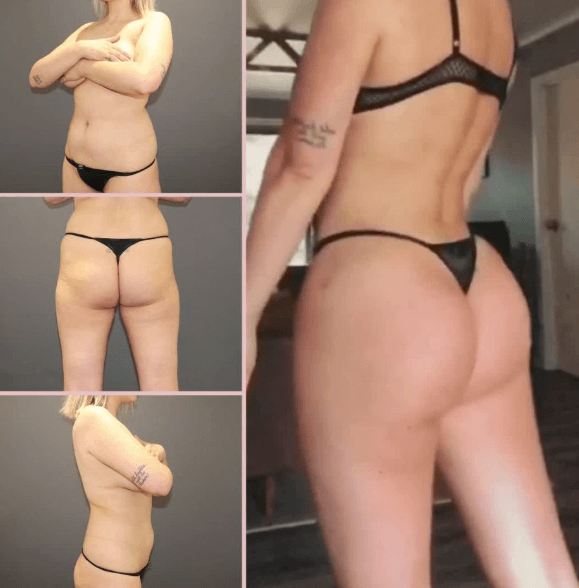
5. How much does a Brazilian Butt Lift cost in Australia?
Expect to pay more than you would in countries like Turkey, Colombia, or Mexico. The cost usually ranges from AUD $15,000 to $22,000, depending on the surgeon, clinic location, and complexity of your case. However, what you’re paying for is safety, experience and outstanding results. This price usually covers the procedure, anaesthesia, and basic aftercare, but not things like luxury accommodation, personal nurses, or compression garments. Make sure you understand exactly what’s included in your quote.
6. Does health insurance cover BBL?
It depends on where you’re from, but in most cases, no. BBL is classified as a cosmetic procedure, so it’s not eligible for Medicare (for Australian citizens) or private health insurance rebates. However, if you experience complications, certain policies may cover revision surgeries or hospital stays under specific conditions. Ask your insurance provider what’s covered during overseas travel and elective surgery complications. If needed, look into specialist travel health insurance with surgical cover add-ons.

7. Can I fly home straight after surgery?
It’s strongly advised not to. Long-haul flights increase the risk of deep vein thrombosis (DVT) and other post-surgical complications. Your body needs time to heal, and you’ll need to avoid prolonged sitting. Follow your surgeon’s travel guidelines. If you need to fly sooner, ask about compression garments, mobility strategies, and whether you’re medically cleared to travel.
8. What are the main risks of a Brazilian Butt Lift?
When performed by an experienced and qualified surgeon, BBL’s are considered a safe surgery. However, all surgery comes with potential risks, including:
- Fat embolism – when fat enters the bloodstream, which can be fatal if it reaches the lungs or brain
- Infection
- Pain or swelling
- Poor fat retention or asymmetry
- Hematoma or fluid buildup
Australian clinics are required to inform you of these risks clearly before you give consent. Always ask what safeguards they have in place.
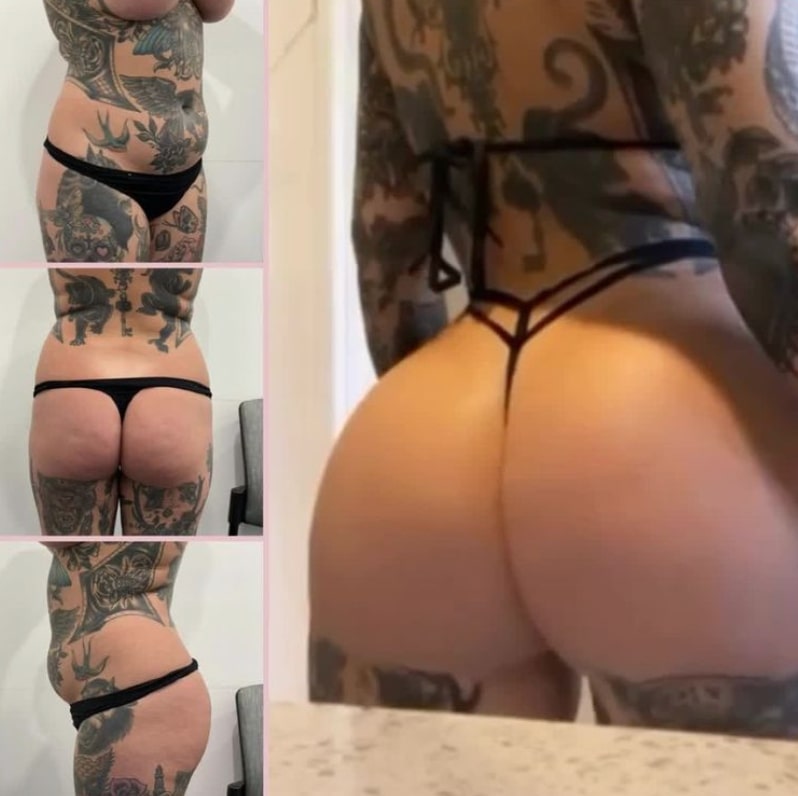
9. Do I need a special visa?
If you’re coming from a country with visa requirements, you may need to apply for a medical treatment visa (Subclass 602) or visit under a tourist visa, depending on your plans. You may also need to show evidence of your procedure and post-op support arrangements. Speak to your clinic and check the latest visa requirements on the Department of Home Affairs website.
10. What kind of support do clinics offer international patients?
Some clinics offer coordinated recovery support including:
- Help finding accommodation near the clinic
- Recommendations for post-op nurses or carers
- Transport advice
- Multilingual support staff
But this isn’t standard across all providers. Ask specific questions like:
- Do you offer any accommodation packages?
- Will someone check on me after discharge?
- Can I get help with daily tasks in the first few days?
Final tips for international patients
- Book early – Some surgeons have long waitlists
- Read reviews from other international patients
- Ask for a breakdown of costs, including extras
- Understand the recovery time and commit to it
- Have a back-up plan in case you need medical support during your stay

